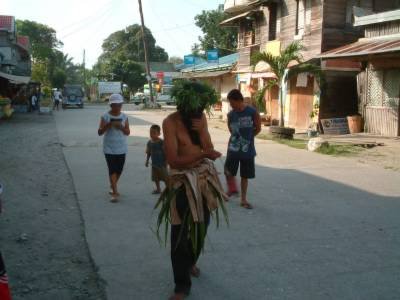

The landscape has changed. That’s your impulsive outburst when you return back to the same mountain you climbed in years. No, you are not referring to the new trails, the uprooted age old century trees nor the redirected riverbed. You are referring to the cellsites which have sprouted in good vantage points near the jump-off points. Not just one site but several clustering in an area.
While they get in the way when framing photographs, they nevertheless provide convenient benefits that have changed the way we now climb.
Where there is a signal, you can plot whereabouts of the group. When there is an awesome view, you photograph it. When there is an unusual motion, you videocam the scene.
Most important is when you are in distress, you can text or call SOS. When you want to spite those who could not join the climb, you MMS them, real time.
But with the gadget comes an extra load and accountability. You make sure it is fastened well or you’ll lose it. During reststops you secure it or it will get snatched. When it rains, you waterproof it or it will malfunction.
Climbing was once regarded as the Freedom of the Hills. When set to explore the outdoors, you escape from the day-to-day mechanical urban routine. As you were negotiating a difficult cliff, your phone rings putting you in a dilemma to answer or to secure your step. You decided to answer. It turned out to be a call center agent proposing a waived enrollment fee for a credit card.
Advances have their trade-offs. Is there still freedom at the hills?
While they get in the way when framing photographs, they nevertheless provide convenient benefits that have changed the way we now climb.
Where there is a signal, you can plot whereabouts of the group. When there is an awesome view, you photograph it. When there is an unusual motion, you videocam the scene.
Most important is when you are in distress, you can text or call SOS. When you want to spite those who could not join the climb, you MMS them, real time.
But with the gadget comes an extra load and accountability. You make sure it is fastened well or you’ll lose it. During reststops you secure it or it will get snatched. When it rains, you waterproof it or it will malfunction.
Climbing was once regarded as the Freedom of the Hills. When set to explore the outdoors, you escape from the day-to-day mechanical urban routine. As you were negotiating a difficult cliff, your phone rings putting you in a dilemma to answer or to secure your step. You decided to answer. It turned out to be a call center agent proposing a waived enrollment fee for a credit card.
Advances have their trade-offs. Is there still freedom at the hills?
7 Feb 07















































